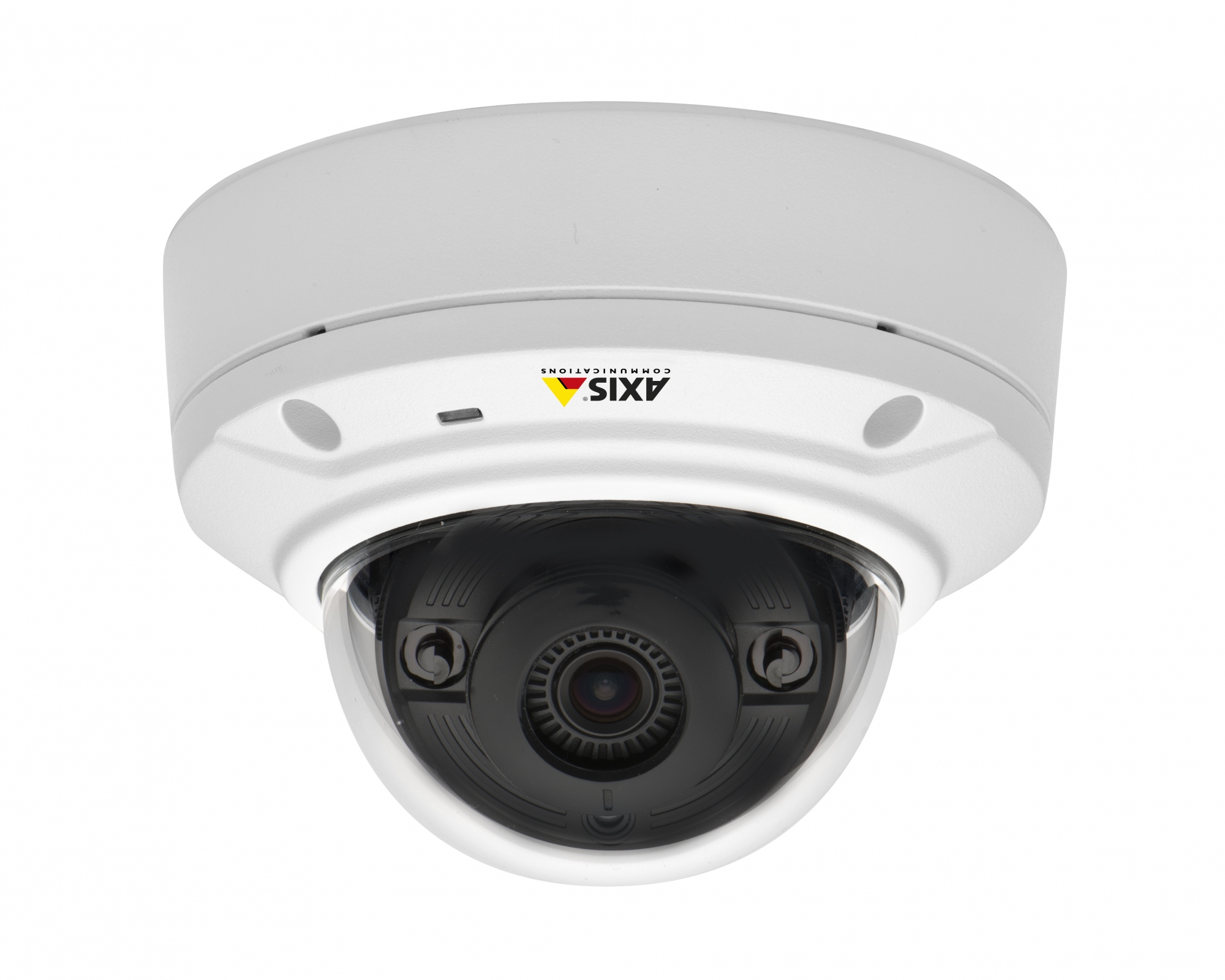How cameras and applications are getting smarter

The intelligent home is slowly emerging after many false starts – albeit not the clever Jetson’s fridge but we have automatic thermostats to learn our home preferences and control heating and cooling. I’ve had my automatic lawnmower for more than 10 years. While I’m a happy user, the technology is not yet common.
In our industry, guard responsibilities have remained more or less the same because technology cannot match the human brain’s abilities. But advancements in camera and software technology is enhancing guard efficiency as they can be guided by video on smartphones or tablets and cameras that actually send alerts pro-actively. This is just the beginning.
ADVERTISEMENT
Smarter resolution
IP-based cameras are not restricted to the low image resolution achieved by analog cameras. With HDTV-compliant cameras, you get dramatically more video detail than with an analog camera, just like you have in your living room. But today we’ve moved slightly away from the more-pixels-is-better concept, and instead have concentrated on delivering better image usability in all lighting scenarios and environments. Thanks to better processing power and in-camera software, IP cameras are hitting the market with increasingly better WDR and light sensitivity (i.e. Lightfinder) with precise iris control.
Smarter design
Pinhole cameras are great for covert applications, however this was one of the few areas where IP cameras were not an option. Traditional solutions used an analogue camera attached to a video encoder. But by separating the optical unit from the network camera’s ‘guts’, it is now possible to make all-digital IP pinhole cameras with HDTV quality. This could be inside your ATM, drop ceiling in a store or any other place where discreet installations are a must.
Smarter analytics
There has been so much talk about the advanced analytics that people tend to forget the value of the most basic ones. After all, what is the value of a camera when someone has covered the lens with chewing gum, lipstick or spray paint? With 2-way communication, network cameras can send operators alerts of tampering or other failures. In the same manner, we see video motion detection becoming better and better, and today you can expect it not to generate the previous false triggers caused by switching on and off the lights. With thermal network cameras you can detect people and animals with high accuracy in places they are not supposed to be, which makes the technology an ideal combination with analytics.
Smarter integration
Network cameras communicate in both directions, providing the ability to be integrated with other devices such as access control, point of sales (POS) terminals and more.
With the intelligence and better processing power in the cameras, they are now able to run embedded applications such as people counting, cross line detection and advanced video motion detection. Even more advanced applications previously only possible on a dedicated PC or server, such as license plate recognition, facial recognition and full VMS suites, can be found.
I believe we will see even more applications emerge over the coming years as more software developers begin to use open camera platforms as their new playground.
Smarter deployments
Memory sizes are growing with Moore’s Law and edge storage offers many new benefits, which will turn into a game-changer. As capacity grows within the next decade, you will be able to store years of video in the highest resolution inside the camera with a lower resolution stored in the VMS or the cloud. The role of the Video Management System will remain critical to managing all the cameras, but for the smaller installations camera-based recordings with a cloud solution for monitoring will be the norm.
Even smarter compression?
There is one trend going in the opposite direction: lower compression. In the early days of IP, all video was stored as individual JPEGs. Next came MPEG-4 but with very low uptake, as the benefits were not worth the efforts to change. But since H.264 compression was so much better and the need for higher and higher resolution grew, the whole industry made the switch rapidly.
Thanks to better technology such as H.264 Main Profile, data rates are trying to keep up. But in many applications, city surveillance in particular, we have seen many users who want lower compression to see much more details. Higher resolution cameras tend to give more noise, which is difficult to compress. Fortunately, the cost of storage continues to fall with Moore’s Law, creating the contrarian trend of lower compression desires.
The recently ratified H.265 standard will eventually make it to video surveillance. The big question is if true bandwidth savings are enough, or just a minor enhancement. What is certain is that early implementations of H.265 will not offer much savings compared to H.264’s emergence.
Smarter world
All these technology trends will hopefully change our society into a smarter, safer and more secure world. The great thinkers of yesterday would be proud of what we’ve accomplished, but envious that they didn’t have access to this great technology. Some of them for sure would have made extraordinary software developers today.
Wai King Wong is Country Manager Australia and New Zealand for Axis Communications. Wai King is responsible for the management of all sales and operational activities in ANZ and has held the position since November 2002.
Wai King joined Axis Communications following a three year stint as senior product manager – Networking and Support Services Manager (Malaysia) Technical Consultant (Australia) at Ingram Micro.
Wai King has extensive knowledge and experience in the networking and software deployment and support arenas and holds a bachelor of Business in Business Information Systems from the Royal Melbourne Institute of Technology (RMIT) and a Master in Business and Technology, UNSW.
Visit www.axis.com.
-
ADVERTISEMENT
-
ADVERTISEMENT

